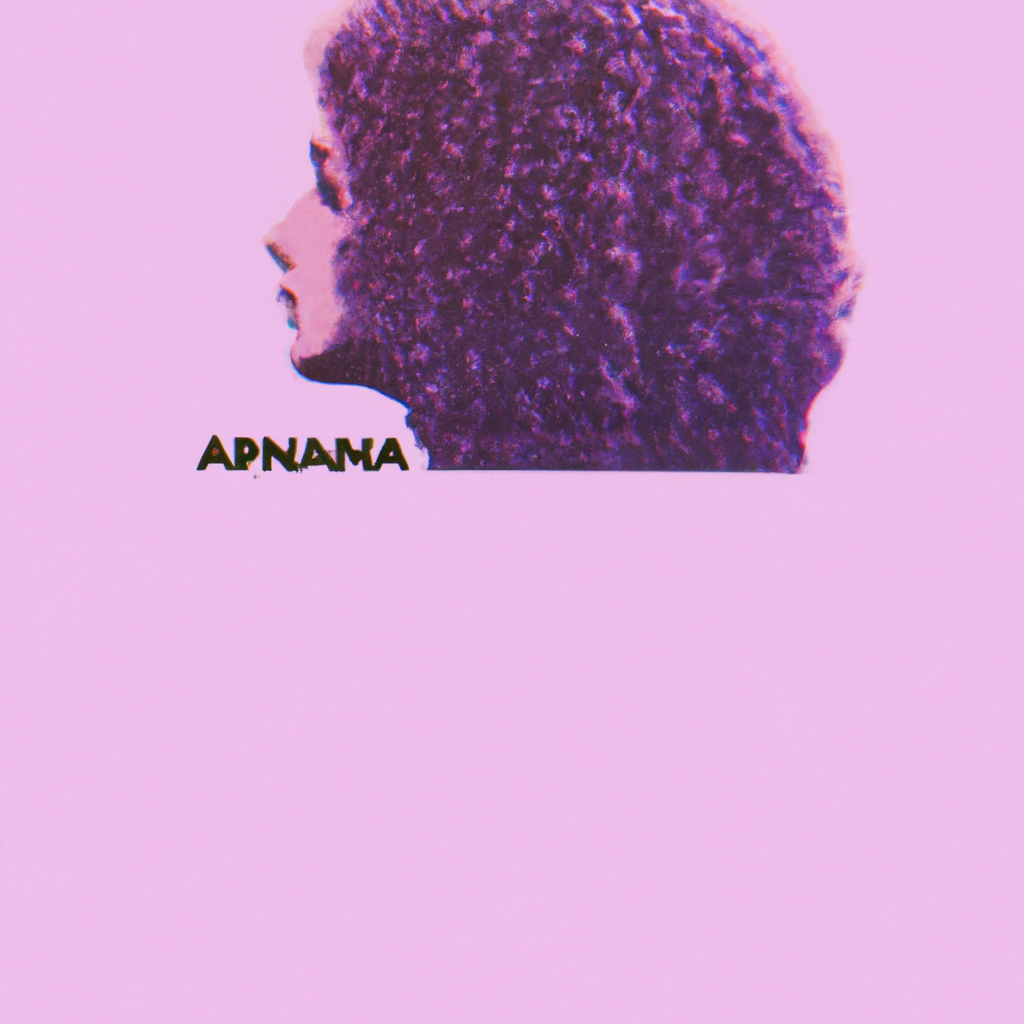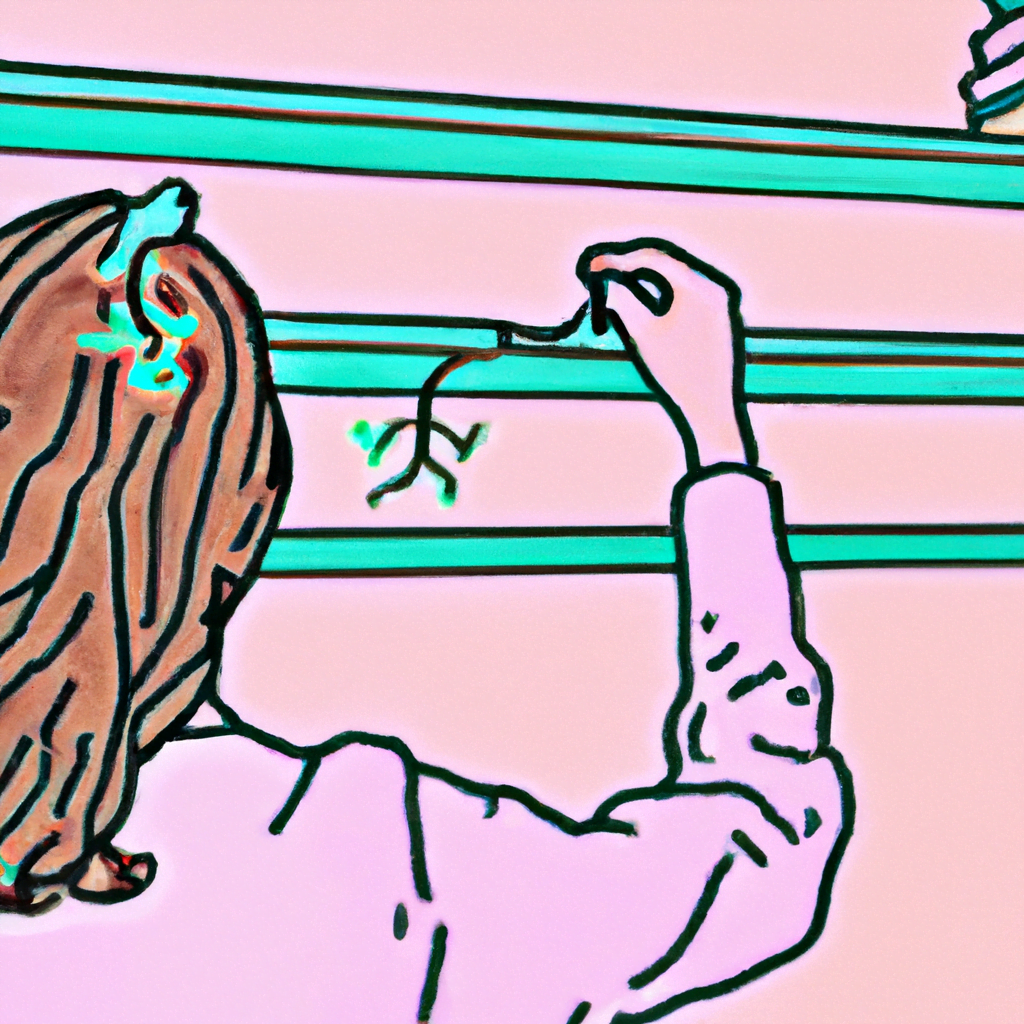
Tips for Creating Illustrations with a Vintage Look

Illustrations with a vintage look have become increasingly popular in recent years. Whether you’re designing a poster, creating a book cover, or working on a digital project, adding a vintage touch to your illustrations can give them a unique and nostalgic feel. In this article, we will explore some tips and techniques to help you create illustrations with a vintage look that will captivate your audience.
1. Research and gather inspiration
Before diving into the creation process, it’s essential to research and gather inspiration for your vintage illustration. Look for examples of vintage illustrations from different eras, such as the Victorian era, Art Nouveau, or the 1950s. Study the color palettes, line work, and overall style of these illustrations to understand the key elements that contribute to their vintage look.
Additionally, explore vintage photographs, advertisements, and posters to get a sense of the visual language used during that time. Pay attention to the typography, textures, and composition of these vintage pieces. By immersing yourself in the aesthetics of the past, you’ll be better equipped to create authentic vintage illustrations.
2. Choose the right color palette
Color plays a crucial role in creating a vintage look. Depending on the era you’re trying to emulate, the color palette can vary significantly. For example, Victorian illustrations often feature muted and earthy tones, while the 1950s are characterized by vibrant and pastel colors.
When selecting colors for your vintage illustration, consider using a limited color palette to mimic the printing techniques of the past. Experiment with desaturated colors, sepia tones, or even a monochromatic scheme to achieve an authentic vintage feel. Look for inspiration in old photographs or vintage illustrations to guide your color choices.
3. Incorporate texture and distressing
Adding texture and distressing to your illustrations can enhance the vintage look and give them a weathered and aged appearance. There are several ways to achieve this effect:
- Use scanned textures: Scan old paper, fabric, or other textured materials to create a library of textures that you can apply to your illustrations. Overlaying these textures onto your artwork can add depth and a vintage feel.
- Apply noise and grain: Adding noise and grain to your illustrations can simulate the look of old printing techniques. Experiment with different levels of noise and grain to find the right balance for your illustration.
- Create distressed edges: Mimic the worn-out edges of vintage photographs by adding distressed edges to your illustrations. This can be done by using brushes or applying a distressed edge effect in your design software.
4. Pay attention to typography
Typography is a crucial element in vintage illustrations. The right choice of fonts can instantly transport your audience to a specific era. When selecting fonts for your vintage illustration, consider fonts that were popular during the time period you’re referencing.
For example, if you’re aiming for a Victorian look, consider using ornate and decorative typefaces. On the other hand, if you’re going for a 1950s vibe, opt for bold and playful fonts. There are also many vintage-inspired fonts available that can help you achieve the desired look.
5. Experiment with different line styles
The line work in vintage illustrations often has a distinct style that sets it apart from contemporary designs. Experiment with different line styles to achieve a vintage look:
- Try using cross-hatching: Cross-hatching is a technique where lines are drawn close together to create shading and texture. This technique was commonly used in vintage illustrations and can add depth and dimension to your artwork.
- Use varying line weights: Vintage illustrations often feature varying line weights, with thicker lines for outlines and thinner lines for details. Experiment with different line weights to create a visually interesting composition.
- Consider hand-drawn elements: Adding hand-drawn elements to your illustration can give it an authentic vintage feel. Try incorporating hand-drawn borders, flourishes, or other decorative elements.
6. Experiment with composition and layout
The composition and layout of your illustration can greatly contribute to its vintage look. Vintage illustrations often feature asymmetrical compositions, ornate borders, and intricate details. Experiment with different layouts and compositions to create a visually appealing vintage illustration.
Consider using elements such as banners, ribbons, or frames to add a vintage touch to your composition. Look for inspiration in vintage posters or book covers to get ideas for interesting layouts and compositions.
7. Use authentic references
If you want to create a truly authentic vintage illustration, it’s essential to use authentic references. Look for vintage photographs, illustrations, or advertisements from the era you’re trying to emulate. Study the details, the style, and the overall aesthetic of these references to inform your own work.
By using authentic references, you can ensure that your vintage illustration accurately captures the essence of the time period you’re referencing. This attention to detail will make your illustration more compelling and believable.
Summary
Creating illustrations with a vintage look requires careful research, attention to detail, and a deep understanding of the aesthetics of the past. By gathering inspiration, choosing the right color palette, incorporating texture and distressing, paying attention to typography, experimenting with different line styles, and considering composition and layout, you can create vintage illustrations that evoke a sense of nostalgia and captivate your audience.
Remember to use authentic references and study the visual language of the era you’re referencing to ensure that your vintage illustrations are accurate and believable. With these tips and techniques, you’ll be well on your way to creating stunning illustrations with a vintage look.
